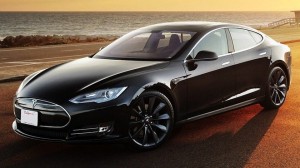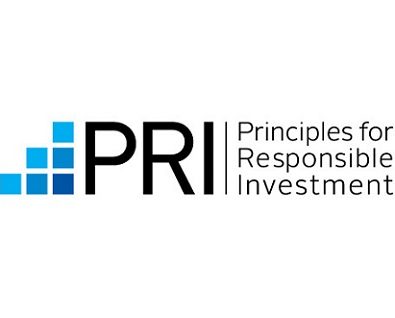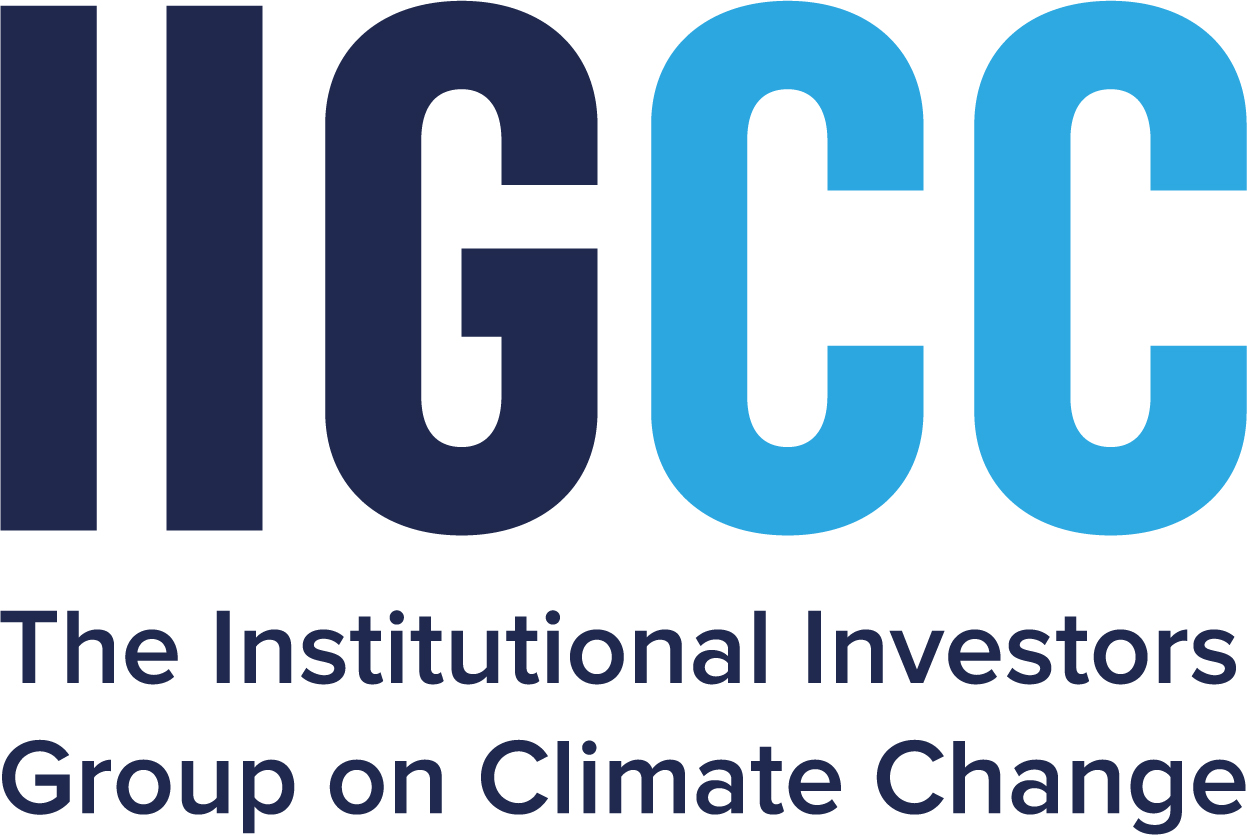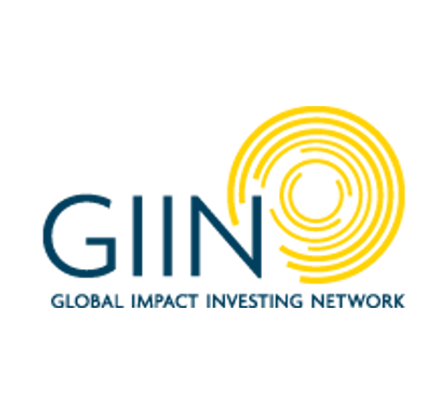USA Today is running a series of articles exploring how green tech is impacting everything from how we vacation to defense. This article, by Tim Mullaney includes DBL Partners’ portfolio companies Brightsource Energy, Tesla and Solar City. The full USA Today version of the piece can be found here. Be sure to also watch the pre-roll video story synopsis, too. We can’t embed that here and it’s worth a minute of your time.
Is this a good time to be John Woolard or not?
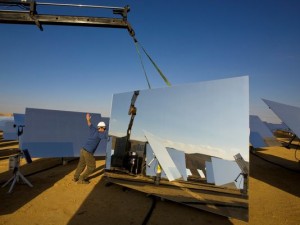
Image from BrightSource Energy of a solar mirror being moved into position at one of BrightSource’s solar plants.
By one standard, the CEO of solar-technology company BrightSource Energy is nearing success. BrightSource is planning to open its $2.2 billion electricity plant, which it is building with partners NRG Energy and Google, near Las Vegas. Known as Ivanpah, it’s the world’s biggest solar facility of its kind, and its juice is presold to utilities for 20 to 25 years.
But Woolard still scrambles for money to build BrightSource. Last year, he canceled an initial public offering after investors balked at the still-unprofitable company’s $1 billion valuation. Instead, he raised $86 million privately and has cut his plan to build 2.4 gigawatts of generation capacity — six times Ivanpah alone — though he won’t say by how much.
“The market is going through a much-needed correction,” said Woolard. “It’s cleaning out a lot of things that are not going to make it.”
The clean technology business is at a crossroads. Never have so many green products been as close to ready for prime time as they are now, technically finished and increasingly cost-competitive. As this USA TODAY series will explain, green innovation is changing everything from vacations to war-making.
Yet capital needed to bring clean technologies to mass markets is still much harder to get than before the 2008 financial crisis. IPO markets are all but dry, venture-capital investment is shrinking, and government stimulus that supplied a $1.6 billion loan to build Ivanpah has run out. Globally, investment in clean electricity dropped 11% last year to $269 billion, according to Bloomberg New Energy Finance. Private investment in the U.S. dropped 32%.
To cope, start-ups are making deals with corporate partners, which subsidize building plants to make power or chemicals from renewable fuels. Examples include BrightSource’s deal with NRG, which now owns a majority of Ivanpah, and biofuels maker Solazyme’s pacts with companies from Archer Daniels Midland to Mitsui.
Money is especially short for companies just starting up now, threatening new innovations, said Ray Rothrock, a venture capitalist at Venrock in Menlo Park, Calif.
“It’s pretty bad,” Rothrock said. “Start-ups are down 85% from a year ago.”
Why the apparent conflict between products that are ready to go and financial markets that are risk averse? Green techs can get money only when their business models are as sharp as their technology. And most aren’t yet.
Hundreds of green start-ups have disappointed venture-capital investors — and nearly all green companies that have gone public have seen shares sag.
Venrock commissioned a 2012 analysis of 380 companies VCs have funded since 2006, and concluded only about 40 had clear signs of market momentum, with another 60 still too immature to tell whether they will succeed or not, Rothrock said. And just three of 19 green-tech companies that have gone public in the U.S. since 2009 are trading above offering prices, said Renaissance Capital analyst Paul Bard.
The keenest example is electric cars.
While Fisker Automotive’s Karma plug-in hybrid has struggled and Chevrolet’s Volt costs about $15,000 more than comparable gas-powered cars, Tesla Motors’ Model S electric sedan is cost-competitive with conventional BMWs. That drove Tesla’s 678% fourth-quarter sales increase, which made the company cash-flow positive in December. Its shares have doubled since its 2010 IPO.
Meanwhile, Fisker has failed to finance a Delaware factory to make more mass-market cars than the six-figure Karma.
The solar business is another example where only a few companies have paid off for investors, even though the number of megawatts of solar power installed in the U.S. rose 76% last year.
SolarCity was able to launch a 2012 IPO after BrightSource backed off, Bard said. SolarCity, which installs solar systems on houses, saw its customer base double in the first nine months of last year as it approached its first profit before non-cash charges.
The difference-maker has been SolarCity’s ability to absorb the upfront cost of solar systems, letting consumers buy cheaper electricity without a five-figure investment. The model works like a cellphone contract, where carriers subsidize phones to land service contracts, giving SolarCity a predictable revenue stream for years and cutting shareholders’ risk, CEO Lyndon Rive said.
Even so, SolarCity cut its IPO price 40% to get investors to bite. Shares soared past $20 after the $8‑a-share IPO in December. Then SolarCity missed fourth-quarter sales forecasts, sending the stock down 18%. Though Goldman Sachs analyst Brian Lee said adoption grew rapidly, he said SolarCity’s risks still include its future access to capital.
“There’s a political discussion about how bad solar is, but it’s not affecting adoption,” said Rive, whose cousin Elon Musk is Tesla’s CEO.
With stock and bond markets sidelined, entrepreneurs are turning to corporate partners for money.That means prioritizing lower-risk products, which the partners can help turn into money-makers sooner. Even venture capitalists are learning this trick: A $160 million venture-capital green fund, announced last week by Silicon Valley-based Westly Group, included investments from a large German utility and from Citigroup. The giant bank it can win business financing deals to install green-building management and advanced lighting systems, using financial models similar to Solar City’s, managing partner Steve Westly said.
One example is Solazyme, a South San Francisco, Calif., start-up that makes chemicals from algae. It’s best known for airline fuels tested by the Pentagon and United Airlines.
But most of Solazyme’s short-term revenue comes from chemicals for products from nutrition drinks to skin moisturizer, manufactured using money from partners.
“There are markets that are high-profit and low-volume,” CEO Jonathan Wolfson said. The much-larger fuel business, with narrower profit margins and much-bigger capital demands, can wait, he said.
Partnerships make companies develop business discipline, because partners know existing markets for fuels and chemicals cold, said Mark Bunger, an industry analyst at Lux Research.
Woolard agrees — and is putting his company’s future where his mouth is.
On March 15, BrightSource announced a deal with Abengoa, a $10 billion a year Spanish renewable-energy company, to finance its second power plant near Riverside, Calif. Building will begin late this year, creating 2,000 construction jobs, Woolard said. Once it starts, BrightSource will turn a profit before non-cash accounting charges, and its problems getting capital will end, he said.
“It’s all good for the consumer over time,” Woolard said, “because tough times make tough companies.”

